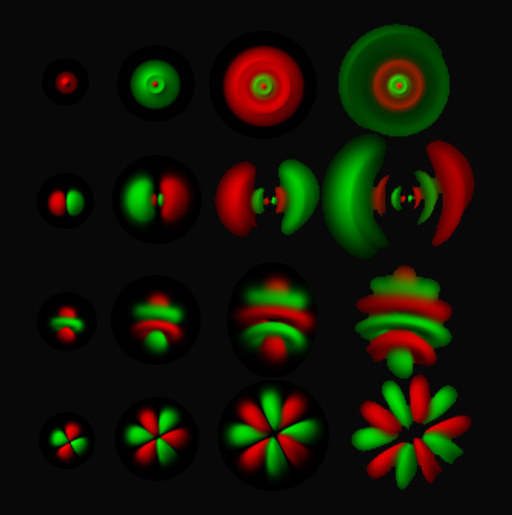
This
book presents the Harmonic Resonance Theory of neurocomputation,
explaining how the spatiotemporal patterns that we experience in visual
perception, as well as in dreams and hallucinations, and the
spatiotemporal patterns of muscular contraction and extension observed
during locomotion, are expressed in the brain and nervous system as
spatiotemporal standing waves and travelling waves, and this is what
accounts for the symmetry and periodicity in human aesthetic
preference, music, and dance. These resonances are seen already in the
simplest creatures as a synchronized waving of cilia in the paramecium,
the wave-like walking pattern of the centipede, and the sinusoidal
oscillations of a slithering snake or swimming eel.
(Work
in progress, complete to chapter 4)
2 What Is Harmonic Resonance?
3 Representational and Computational Properties of Resonance
4 Harmonic Resonance In The Brain
5 Resonance In Vision
6 Holographic Theory and Fourier Processing
7 Nonlinear Resonance and Phase Conjugation
8 Universal Resonance